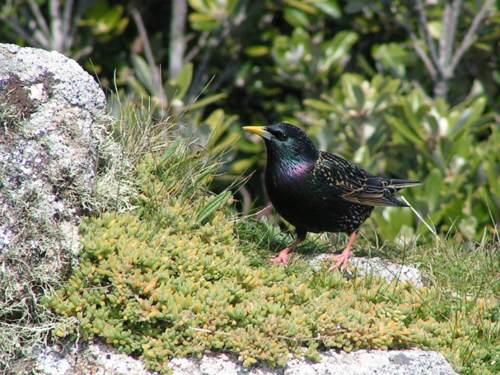
Startled Starlings: Vast Murmuration Spotted Outside Zoo
Did you spot the coverage of this starling murmuration evading an attack on BBC News Northwest yesterday? Rewatch the amazing undulations of this huge flock here. It was captured by Zoo team members in Upton, near the Zoo itself. Read on for startling starling info!
A bird of prey, likely a peregrine falcon, launches at a murmuration of starlings above a housing estate near Chester Zoo. The footage was captured by Mayukh Chatterjee and Alex Cunningham, who work in conservation and education at the Zoo.
There are a few theories to why starlings fly in formation at twilight: to stay warm, to evade predators and because the display might attract other starlings to join the flock in time to roost. In this case, the safety in numbers tactic worked: the raptor hunt was unsuccessful.
Peregrine falcons have been sighted on the nature reserve areas of the Zoo estate. The Zoo is managing this land to promote species diversity and provide a space for wildlife. It's likely the starlings have benefitted from the nuts, seeds, berries and insects found on site.

This decline is due to human activities, not predation, so spaces like the nature reserve are becoming increasingly important to them and other bird species, including falcons, sparrowhawks, kestrels and buzzards. So, it's really wonderful to see them so near the Zoo.
We hope they make the most of the Zoo's nature reserve! UK wildlife is increasingly dependent on protected areas. Estate Biodiversity Manager Ruby Merriman carries out regular surveys of bird and animal populations, and they show our protected wetland areas are well used.

Beyond the estate, Chester Zoo is working to get young people engaged with nature and conservation, and Alex is planning to use the videos in his education sessions. We are passionate about helping people connect to nature, and this video will help us do just that!
Find out about our conservation education at Chester Zoo and our estate conservation work by clicking this link.
Read the BBC article by clicking here.